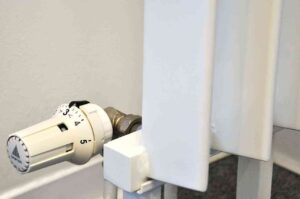Samsung Electronics has announced the addition of Eclipsa Audio, a revolutionary 3D audio technology developed in collaboration with Google, to its 2025 lineup of televisions and soundbars. This advancement promises to transform the home entertainment experience, allowing content creators to generate immersive and dynamic audio that can be played on Samsung’s new devices.
Taeyong Son, Executive Vice President of Samsung Electronics, expressed the company’s pride in leading the industry with this innovation. “The integration of Eclipsa Audio opens up new possibilities for immersive audio experiences and reinforces our commitment to the evolution of home entertainment,” Son commented.
Samsung, which has maintained its leadership in the TV market for the past 18 years, is looking to change the way users enjoy content at home. The company has the largest global market share in the category of TVs over 75 inches and is gearing up to make this new technology accessible to a wider audience.
Eclipsa Audio technology allows creators to modify various audio parameters, such as the location and intensity of sounds, as well as spatial reflections, to create an immersive three-dimensional sound experience. Samsung will be a pioneer in adopting this technology, which will be integrated across its 2025 TV lineup, including the Crystal UHD series and flagship Neo QLED 8K models, providing consumers with a wide selection to enjoy these advanced audio capabilities.
Starting in 2025, content creators are expected to upload videos with Eclipsa Audio tracks to YouTube, allowing Samsung device users to view these contents with high-quality spatial audio when available. To ensure audio quality, Samsung and Google are working alongside the Telecommunications Technology Association (TTA) on a certification program for devices using Eclipsa Audio, ensuring that the highest standards of sound fidelity are maintained.
Jim Bankoski, Vice President of Engineering at Google Chrome, also highlighted the potential impact of Eclipsa Audio on the way sound is experienced. “We are excited to see how the creator community utilizes this technology to create new and innovative auditory experiences,” he affirmed.
via: MiMub in Spanish











